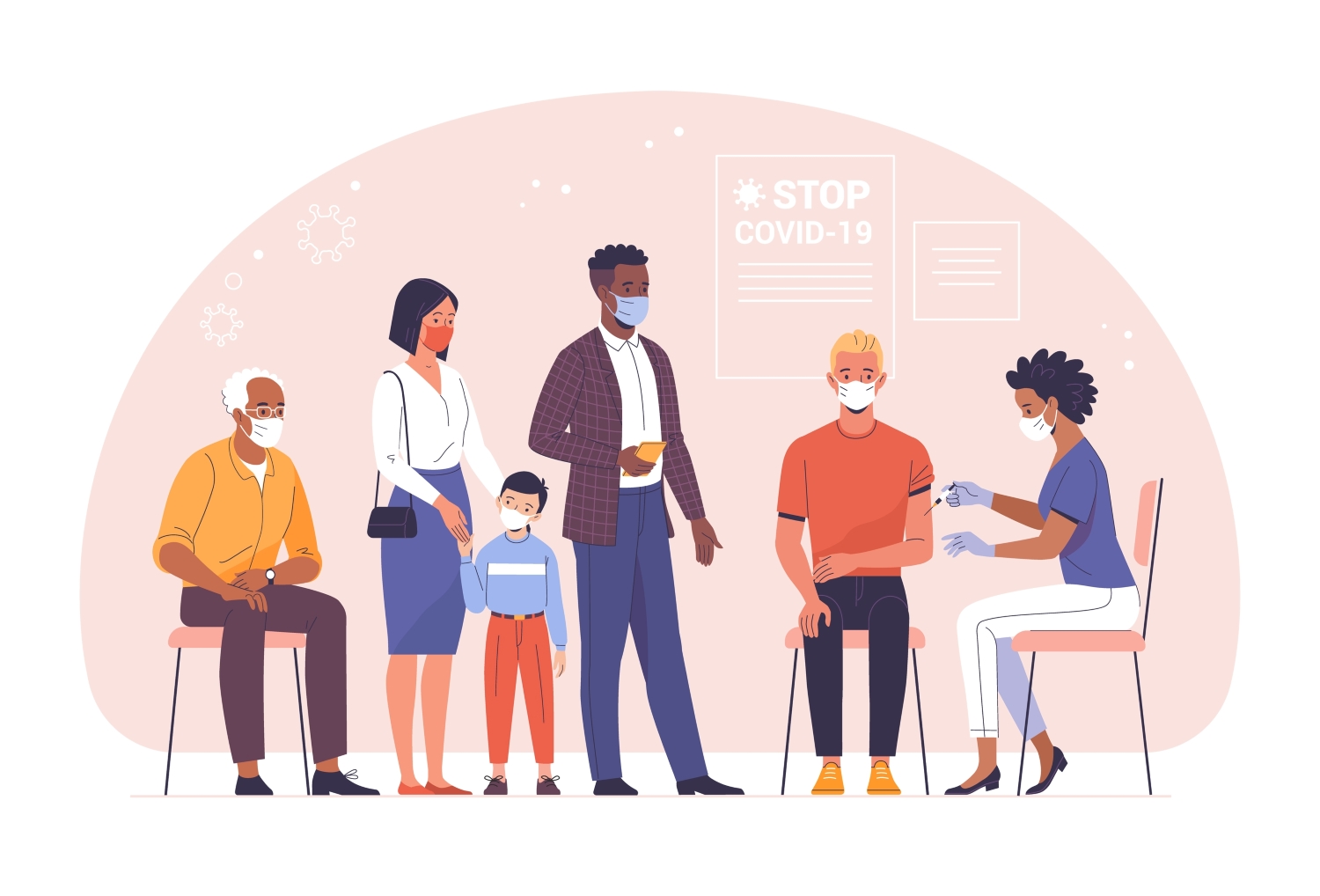On June 22, 2021, the President of G3 Life Sciences, Amanda Ryan, moderated a panel discussion hosted by TransPerfect Life Sciences. She was joined by Aman Khera, VP, Global Head of Regulatory Strategy at Worldwide Clinical Trials, and Luke Gelinas, Advarra’s IRB Chair and Senior Advisor.
Discussions around improving diverse representation in clinical trials have been happening more and more frequently.
The COVID-19 pandemic drove the point home even further.
Action must be taken to include more diverse patient populations in studies and trials and, in turn, ameliorate critical data surrounding groups that are often excluded or overlooked.
Filling in the Gaps
In order to make medicine and medical care equitable, safe, and accessible for all patients, diversity must be the lens through which the entire clinical patient journey is viewed.
From initial patient recruitment to engagement and retention, and to end patients selecting medication off of pharmacy shelves, inclusive patient populations must be considered from the beginning.
From a CRO and IRB perspective, more official measures to ensure diversity need to be demanded, as well as individual considerations and actions from people within the industry.
In 2020, the Food and Drug Administration released new guidelines for promoting diversity in clinical trials. However, these are optional guidelines as opposed to strict regulations. The onus then falls to those who are thinking concertedly about how to improve diversity, instead of across the industry as a whole.
Protecting vs. Including
There are ways to push this agenda forward and bring patient experience and diversity considerations to the forefront of the conversation. Patients around the world are calling out for this diversity and inclusion themselves, as well as more transparency and trust in pharmaceutical companies, so the industry must do our part to meet them.
Translation of clinical materials has become more popular to welcome non-English speakers to trials where they were previously (either intentionally or unintentionally) excluded. However, some stakeholders are starting to question where and when translations should be made mandatory to ensure full patient inclusion. The more regulations are put in place to provide multilingual options for patients, the more patients will be well-informed and successful trial participants.
One of the key paths to successful patient diversity is considering their perspective:
- Do they have the time to take away from work to participate in the trial?
- Do they need childcare services or transportation to the trial site?
- Are they part of a marginalized group with historical mistrust in formal medical settings?
Poor patient retention rates have been a persistent issue for years. The failure of stakeholders to consider these questions is a large part of the problem. The solution is robust reimbursement plans and placing yourself in patients’ shoes to consider all possible obstacles.
Another solution is customized safeguards that allow patients to participate in a trial safely without excluding them. Some populations, such as elderly people or pregnant women, have historically been excluded from clinical trials. This is due to potential complications with other medications they may be taking or conditions they may have, leading to a severe lack of data on how medications affect them.
If IRBs and CROs maintain a protectionist mindset and carefully consider different patients’ needs, they can assist stakeholders in creating imaginative safety measures.
Will Technology Solve the Issue?
Decentralized clinical trials (DCTs) are a topic often brought up when discussing improving diversity in patient trials. In 2020, the COVID-19 pandemic caused rates of decentralized trials to skyrocket.
Driven by emerging AI technology, DCTs allow some patients to participate in clinical trials more easily than traditional trials at a site. However, not all patients have the technological access or knowledge required.
Many patients in historically marginalized groups may not have smart phones, computer access, or the desire to use these new tech methods for participating in a trial. People are becoming slightly distrustful of their data being monitored on apps, and it is the responsibility of sponsors to guarantee the privacy and data rights of a subject.
The solution, then, is for sponsors to offer IT support for less tech-savvy patients or provide the necessary technologies to patients as needed.
Sponsors could also present patients with the option to use either traditional in-person visits or decentralized technology, depending on whichever fits them best.
The pattern that all of these solutions have in common is the patient experience lens. What assistance do patients need in order to participate in a trial, and how can we best provide it to them?
It’s On Us
Until official industry regulations change to mandate diversity and inclusion measures in clinical trials, it is the responsibility of individuals to fight the inertia and make changes ourselves.
COVID-19 acted as a massive disrupter in how trials operate, but perhaps we can be the next disruption and foster rapid, respectful change.
At G3, we want to partner with you in bringing carefully considered inclusivity to all aspects of the patient journey. To learn all the ways we can help, contact us today.
